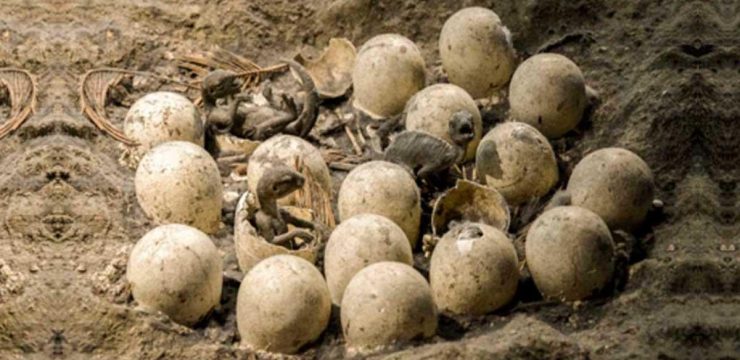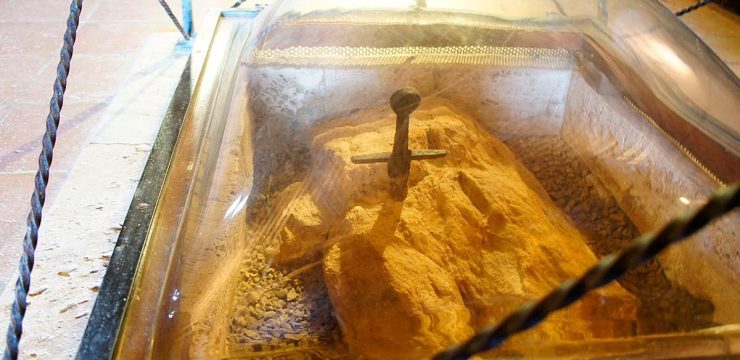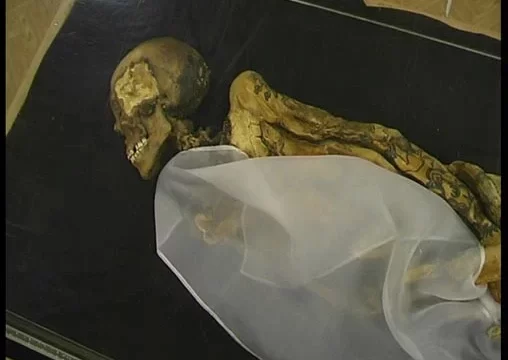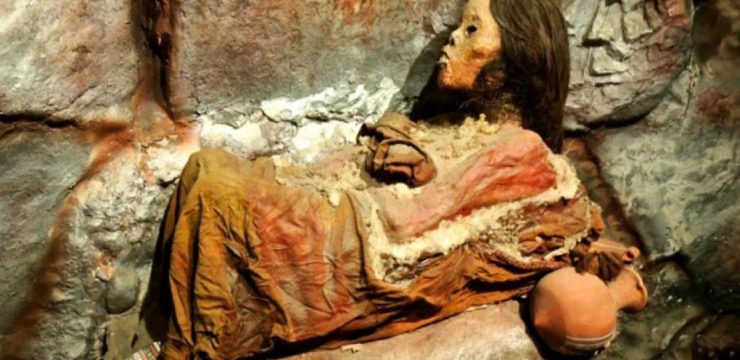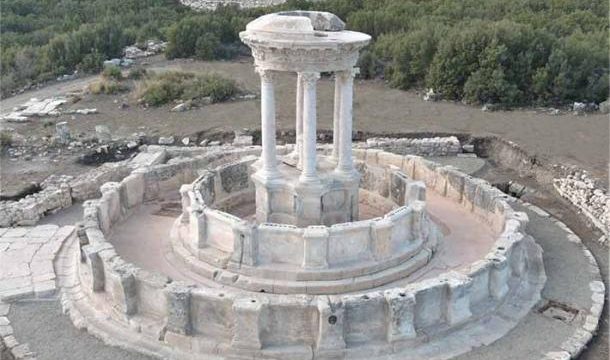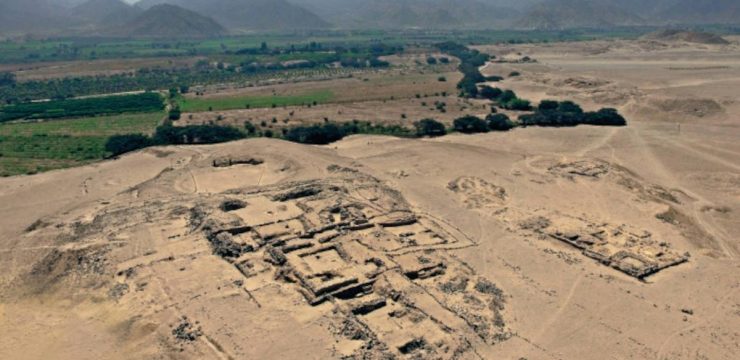At the western edge of Luxor, where the echoes of the past still linger in ancient stone, the mortuary temple of Ramses III at Medinet Habu stands as a striking testament to Egypt’s golden age. Constructed between 1186 and 1156 BC, this architectural masterpiece is more than just a relic of history—it is a living monument that tells the story of one of Egypt’s most formidable pharaohs. Medinet Habu embodies the grandeur, power, and spiritual devotion of the New Kingdom, preserving a visual narrative that has withstood the test of time for over three millennia.
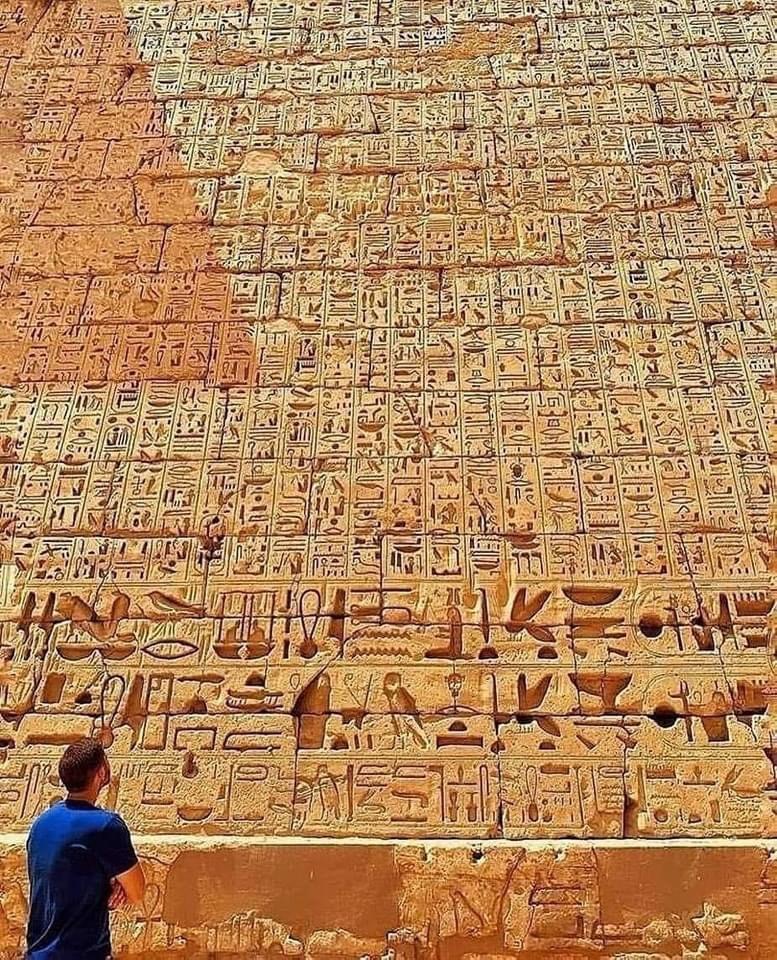
One of the most captivating aspects of this temple is its rich and detailed inscriptions, which provide a remarkable account of Ramses III’s reign. The temple’s walls bring to life an era of military conquests, divine worship, and royal grandeur. At the heart of these narratives is one of Egypt’s most critical historical moments—Ramses III’s triumphant defense against the Sea Peoples. These invaders, whose origins remain debated among historians, threatened Egypt’s very stability. The inscriptions depict a powerful and resolute Ramses III leading his forces against these marauding outsiders, securing Egypt’s sovereignty at a time of great political turbulence. More than just an account of battle, these scenes reflect a deep ideological message: the pharaoh as the ultimate guardian of Ma’at—the ancient Egyptian principle of order and balance—against the chaos of foreign aggression.
The importance of these inscriptions extends far beyond their historical significance. The hieroglyphs adorning Medinet Habu are not merely decorative elements but an advanced form of storytelling. They serve as a medium of propaganda, cementing Ramses III’s legacy as a warrior-king chosen by the gods to uphold divine order. These inscriptions intertwine religious devotion with political messaging, depicting the pharaoh making offerings to the gods, receiving their blessings, and ensuring the stability of Egypt. The fusion of military success with divine favor was a crucial aspect of Egyptian kingship, and Medinet Habu exemplifies this tradition in exquisite detail.
Every inch of the temple complex is a marvel of artistic and architectural excellence. Medinet Habu represents one of the best-preserved examples of New Kingdom temple construction, showcasing the grandeur that defined the period. The temple’s layout reflects the traditional design of mortuary temples, with massive pylons guarding the entrance, leading to expansive courtyards, pillared halls, and sacred sanctuaries. The scale of the complex is breathtaking, with its towering walls covered in intricate carvings that retain traces of their original vibrant colors. These colors, though faded by time, still hint at the temple’s former brilliance, offering a glimpse into how awe-inspiring this structure must have been in its prime.
The temple was not only a site of royal commemoration but also a place of active worship. Medinet Habu was dedicated to the Theban Triad—Amun, Mut, and Khonsu—gods who played a central role in Egyptian religious life. However, its primary function was to ensure the eternal legacy of Ramses III. Inscriptions throughout the complex emphasize the pharaoh’s connection to the divine, portraying him as a ruler whose spirit (ka) would be eternally honored and protected. In doing so, the temple functioned as both a religious center and a political statement, reinforcing the legitimacy of Ramses III’s rule while securing his place in the afterlife.
Beyond its religious and military significance, Medinet Habu provides crucial insights into daily life in ancient Egypt. The temple complex housed not only priests and scribes but also artisans, laborers, and administrators. Evidence suggests that Medinet Habu functioned as a thriving economic hub, complete with storage areas, living quarters, and workshops. The temple’s inscriptions even record economic transactions, including details about grain distribution and workforce management, offering a rare glimpse into the administrative workings of the time. This aspect of the temple underscores its role as more than just a place of worship—it was a living, breathing center of activity that contributed to the prosperity of the Theban region.
What sets Medinet Habu apart from other mortuary temples is the level of detail preserved in its hieroglyphic records. Unlike many other ancient sites where inscriptions have been eroded by time or defaced by later civilizations, the reliefs at Medinet Habu remain remarkably intact. The clarity of these carvings allows modern scholars to study New Kingdom art, religious beliefs, and historical events with an unparalleled depth of understanding. From depictions of lavish religious ceremonies to battle scenes that illustrate military tactics, Medinet Habu stands as one of the most valuable archaeological sources from the period.
Today, Medinet Habu continues to captivate researchers, historians, and visitors from around the world. The temple’s towering walls and finely preserved inscriptions serve as a bridge connecting us to a civilization that flourished over 3,000 years ago. Walking through its halls, one cannot help but feel the weight of history pressing in from every direction—the stories of a mighty pharaoh, the prayers of devoted priests, the whispers of artisans carving their masterpieces into stone. It is a place where past and present converge, where ancient voices still speak through the artistry and vision of their creators.
The temple’s enduring presence serves as a reminder that history is not just a collection of dates, names, and battles; it is a narrative woven from human ambition, spiritual devotion, and the desire to leave a lasting legacy. Medinet Habu stands as an extraordinary example of how the ancient Egyptians sought to immortalize their rulers and reinforce their cultural ideals through grand architecture and intricate artwork. The meticulous care with which Ramses III’s achievements were recorded reflects the values of a civilization that deeply revered its leaders and the divine forces that guided them.
As we continue to uncover new details about Medinet Habu, its significance only grows. Modern archaeological techniques, such as digital imaging and 3D mapping, allow researchers to examine the temple’s carvings in greater detail than ever before. These efforts not only enhance our understanding of Ramses III’s reign but also shed light on the broader historical and cultural context of ancient Egypt. Every inscription, every symbol, every figure carved into the stone of Medinet Habu contributes to an intricate tapestry of knowledge that continues to shape our perception of one of the world’s greatest civilizations.
The temple of Ramses III is more than a relic of the past—it is a living testament to the power, artistry, and ambition of ancient Egypt. It stands as a monument to a ruler who saw himself as both a warrior and a divine protector, a leader who defended his people and secured his place among the gods. As long as its hieroglyphs endure, Medinet Habu will remain a gateway to the past, offering future generations a chance to witness the magnificence of a civilization that shaped the course of history.
